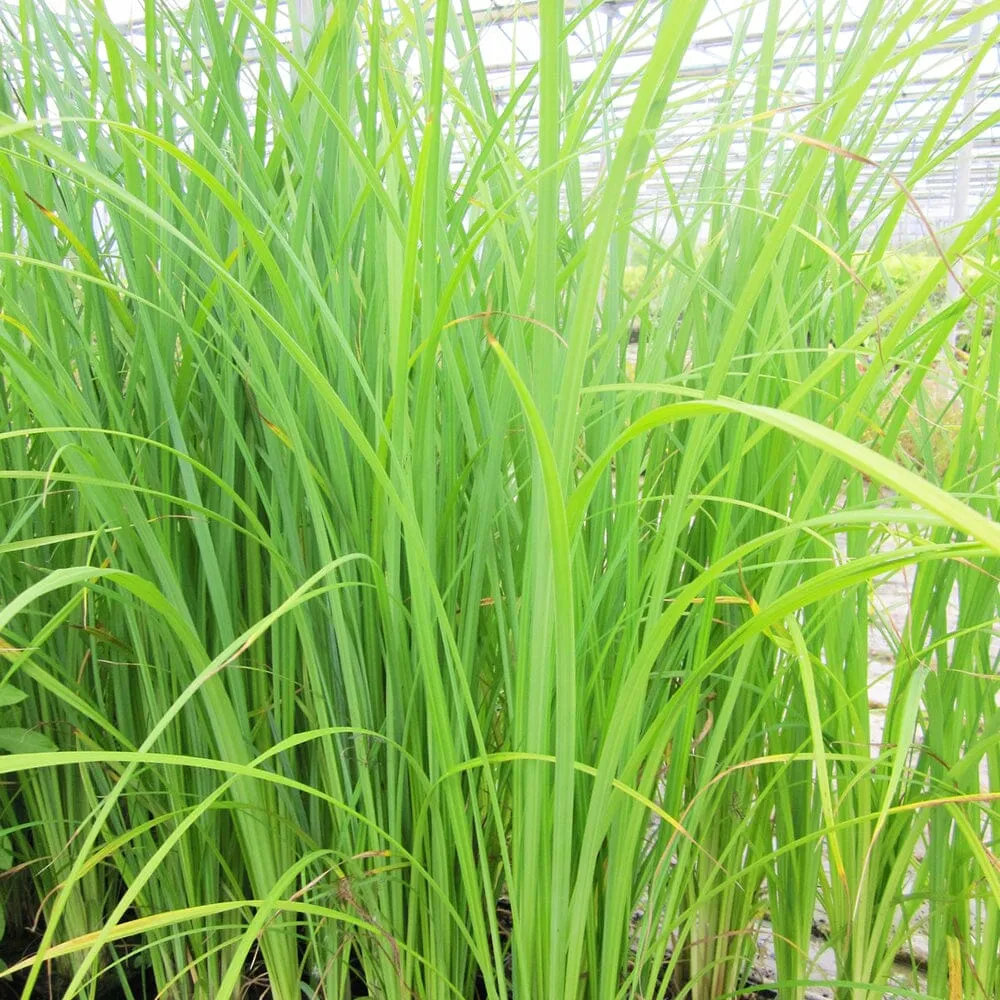Carex acuta, commonly known as Slender Tufted Sedge or Needle Sedge, is a perennial grass-like plant native to wetland areas of Europe, Asia, and North America. It belongs to the Cyperaceae family. Here's a detailed description and care guide for Carex acuta:
Description:
Carex acuta forms dense tufts or clumps of narrow, erect, and arching foliage. The leaves are long and slender, reaching a height of about 20-40 inches (50-100 cm) with a spread of 12-18 inches (30-45 cm). The leaves are typically green, but they can have a slight bluish or grayish tinge. The plant produces inconspicuous flowers on slender stems that rise above the foliage in late spring or early summer. The flowers are followed by small brown or green seedheads. While the flowers are not particularly showy, the plant's attractive and graceful form adds an appealing texture to wetland gardens or landscape areas.
Care Guide:
Lighting: Carex acuta thrives in full sun to partial shade. It tolerates a wide range of light conditions, including shaded areas. However, it tends to grow more upright and compact in full sun, while it may have a more lax or floppy growth habit in shade.
Water: Carex acuta is a moisture-loving plant and prefers consistently moist to wet soil conditions. It naturally occurs in marshes, wet meadows, and stream banks. Ensure that the soil remains consistently moist, but avoid waterlogging. Water deeply when the top inch of soil feels dry to the touch.
Soil: Carex acuta prefers fertile, humus-rich, and well-draining soil. It can tolerate a wide range of soil types, including clay, loam, or sandy soil. Amend the soil with organic matter, such as compost or well-rotted manure, to improve its fertility and moisture retention.
Temperature: Carex acuta is adaptable to a wide range of temperatures. It is hardy in USDA hardiness zones 4-9. It can tolerate both cold and warm climates. Mulching around the plant can help maintain soil moisture and protect the roots from extreme temperature fluctuations.
Fertilizer: Carex acuta generally does not require heavy fertilization. However, incorporating a balanced, slow-release fertilizer or organic compost into the soil during the growing season can provide a nutrient boost. Follow the manufacturer's instructions or use compost at a rate of 1-2 inches (2.5-5 cm) applied as a topdressing around the plant.
Maintenance: Regular maintenance helps keep Carex acuta healthy and attractive. Remove any dead or yellowing foliage to maintain a neat appearance. Cut back the entire clump to the ground in late winter or early spring before new growth emerges to rejuvenate the plant.
Propagation: Carex acuta can be propagated through division or by collecting and sowing its seeds. Division is best done in early spring or early fall. Carefully separate the clumps and replant them in suitable soil or planting medium. Seeds can be collected from mature seedheads and sown in containers or directly in the soil.
Pests and Diseases: Carex acuta is generally resistant to pests and diseases. However, it may occasionally attract aphids or be susceptible to leaf spot if growing conditions are unfavorable. Monitor the plant regularly for any signs of pests or diseases and take appropriate measures if necessary.
By following these care guidelines, you can enjoy the graceful and attractive form of Carex acuta in your garden or wetland area. Adjust the care routine based on your specific growing conditions and monitor the plant for any signs of stress, pests, or diseases. With proper care, Carex acuta can provide a natural and elegant element to water gardens, rain gardens, or moist areas of the landscape.

 Cart(
Cart(










